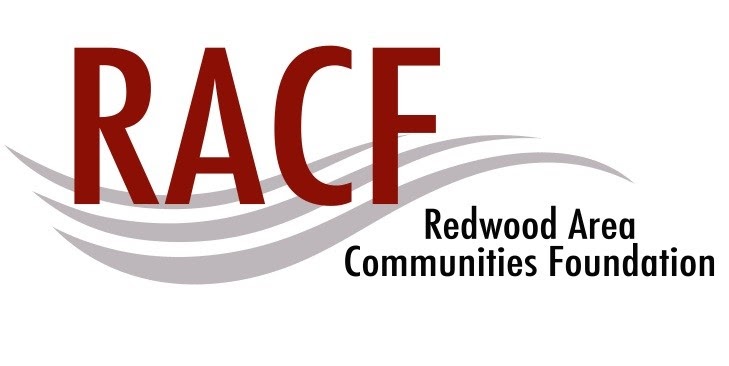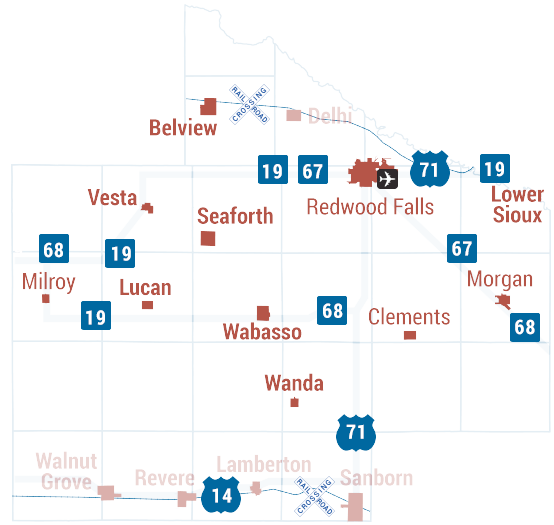Tax Increment Financing
Category: Business Finance Options, Tax Incentives
Tax increment financing uses the increase in property taxes generated by new development to finance qualified public improvement costs related to that development. The difference between the current property tax on a parcel of land, and the estimated property tax after development is the "tax increment". Permitted uses of the tax increment vary according to the type of tax increment financing.
Economic Development districts
Housing Districts
Redevelopment districts
Eligibility Requirements
For economic development purposes, the local unit of government will consider using tax increment financing to write down the cost of land, utilities, roads, site preparation, rail access if available, and other eligible economic development uses. to be eligible for TIF, a project should:
- Create new commercial/industrial tax base
- Effectively use community infrastructure and industrial park land
- Redevelop underutilized industrial land or properties with rail access, or
- Encourage private investment in properties which the LUG has targeted for development or redevelopment.
It is not necessary for a single project to achieve all of these goals. The degree to which it meets these goals influences the level of subsidy it can expect to attract.
Limitations on Tax Increment Dinancing
Tax increment financing can't be used in conjunction with the Minnesota JOBZ program because JOBZ abates the property taxes upon which tax increment financing depends.
The Minnesota State Legislature has created Tax Increment Financing as a locally controlled source of financing. Tax Increment Financing can be used for the following purposes:
- Land and building acquisition.
- Demolition and clearance.
- Relocation costs.
- Public improvements (sewer, water, utilities).
- Soil corrections.
- Site preparation.
- Legal, engineering and administrative expenses.
- Bonding and capitalized interest.
- Project contingency.
Prohibitive costs of new public improvements can be reduced by dedicating property tax revenues for a specific number of years from a directly related development. Incremental tax revenues generated from a new project are for repayment of project costs falling in the above categories.




.jpg)


